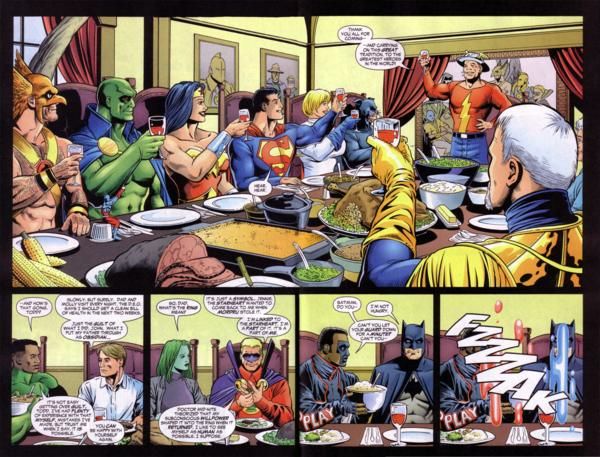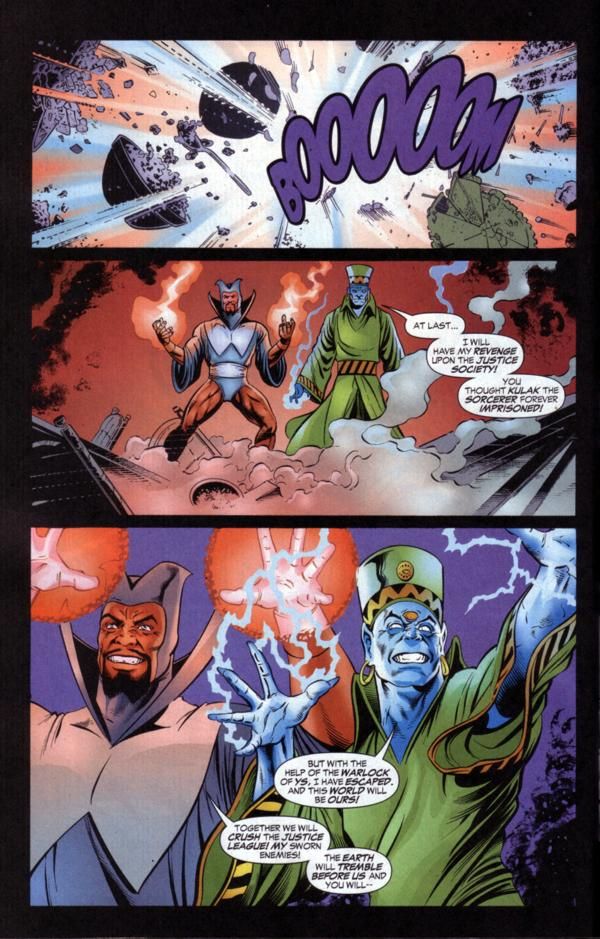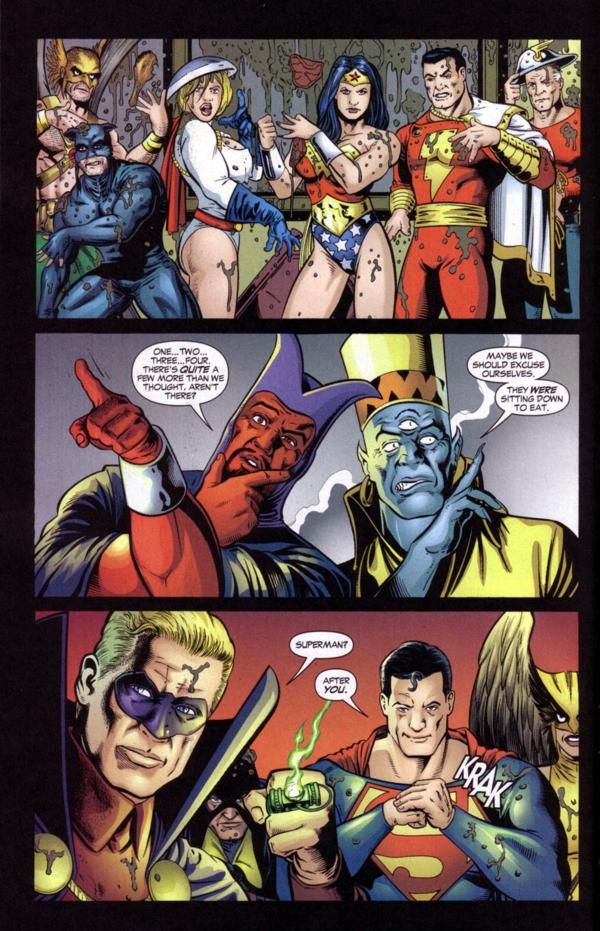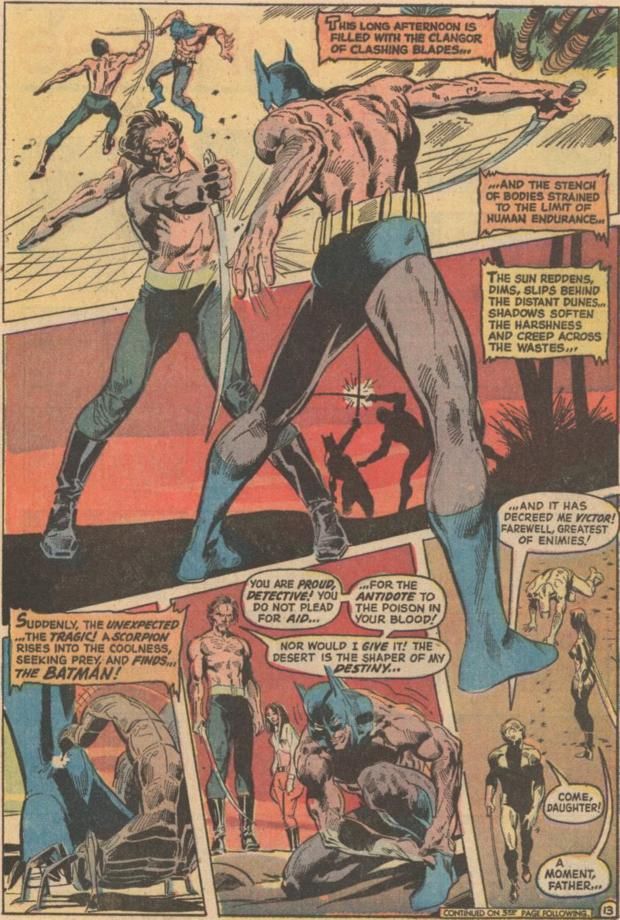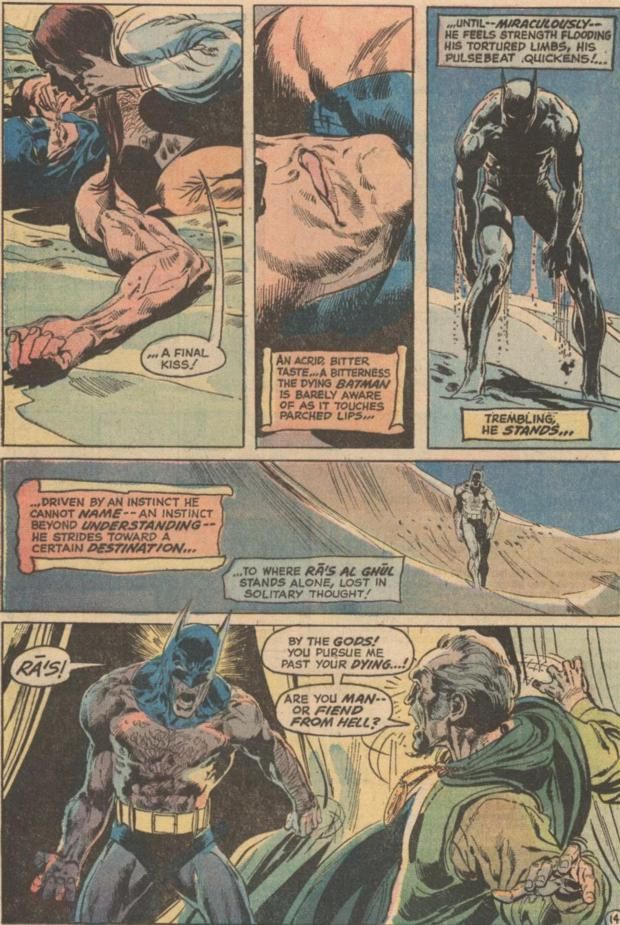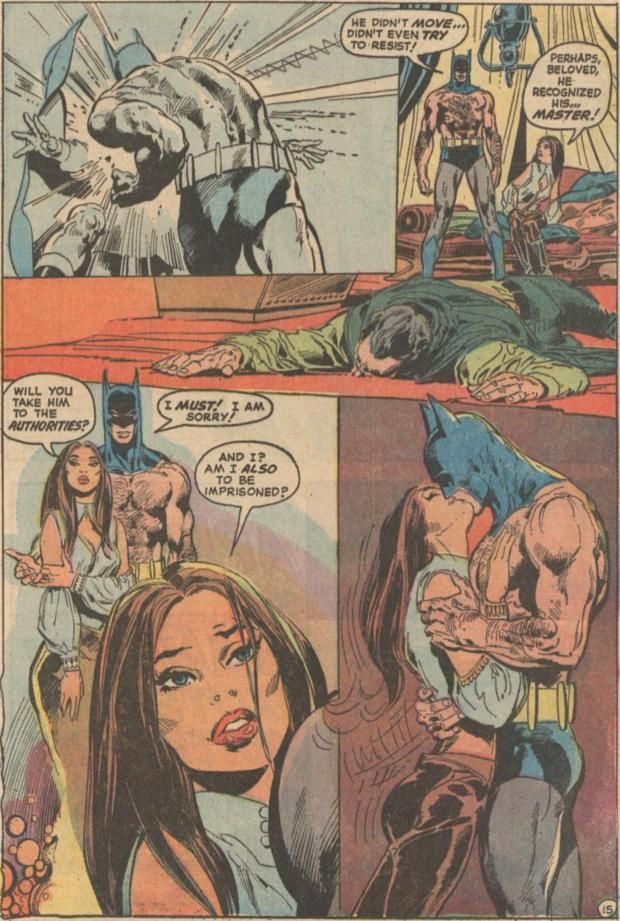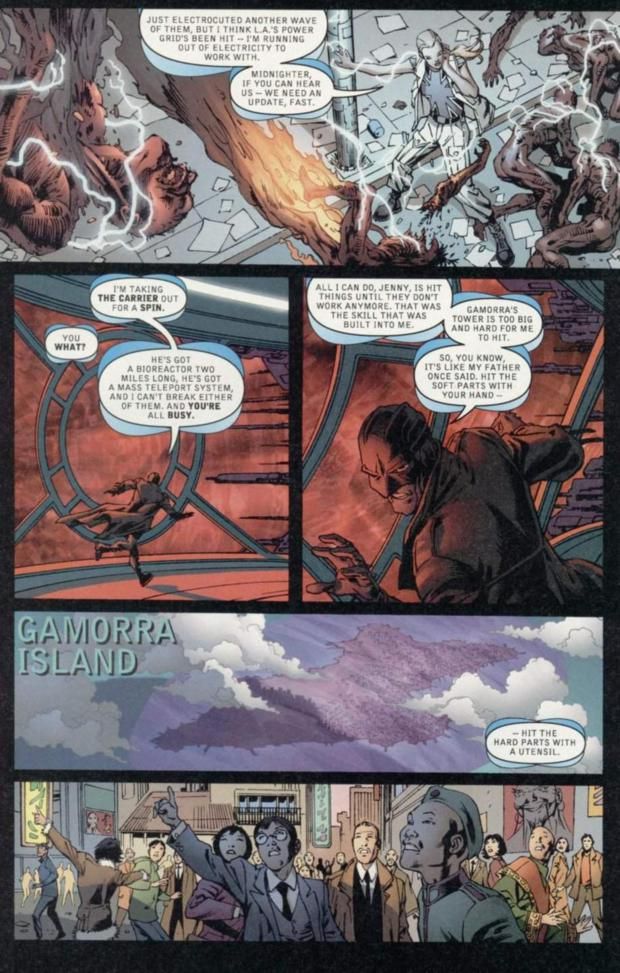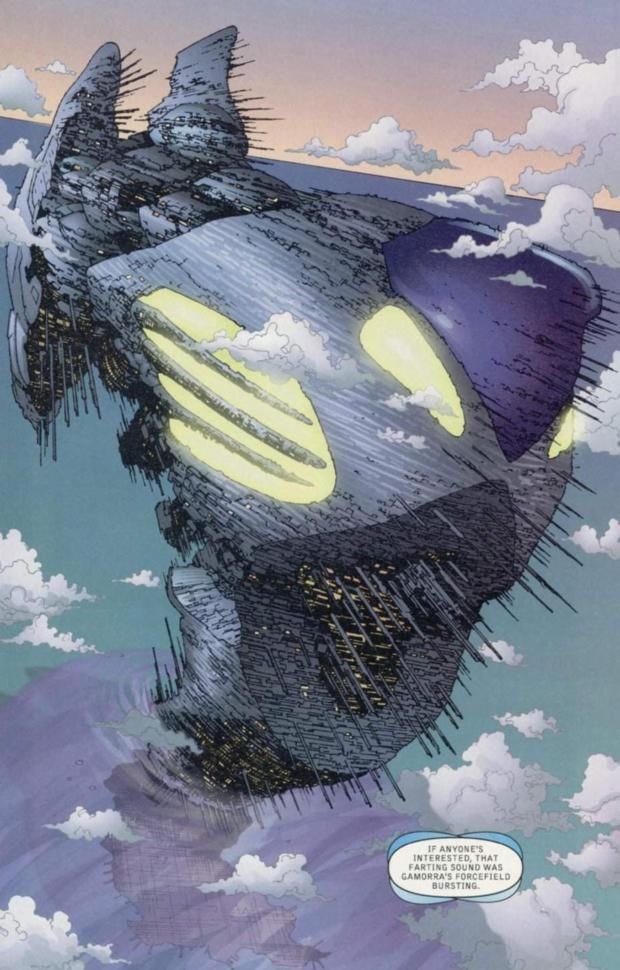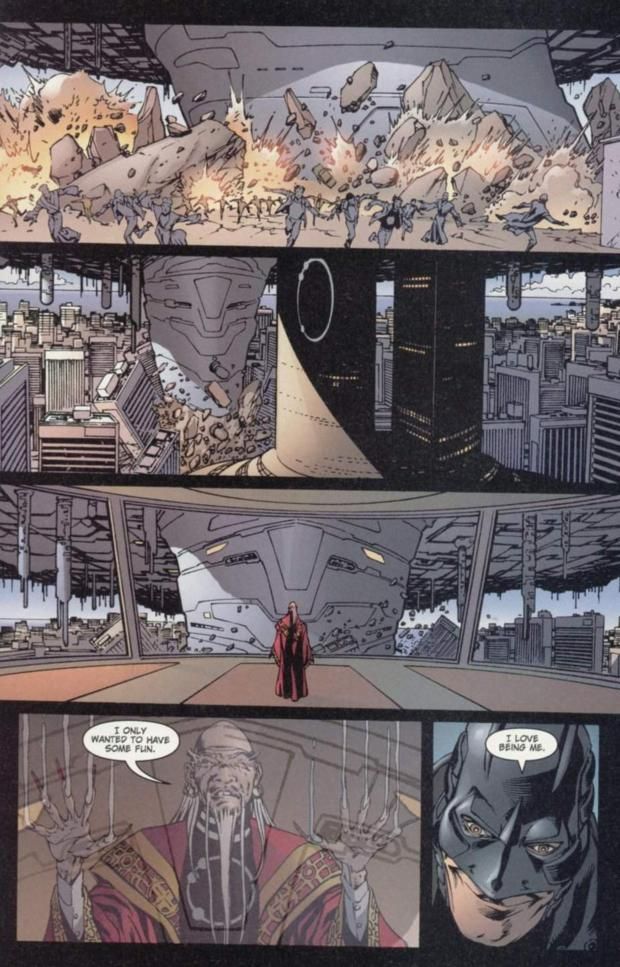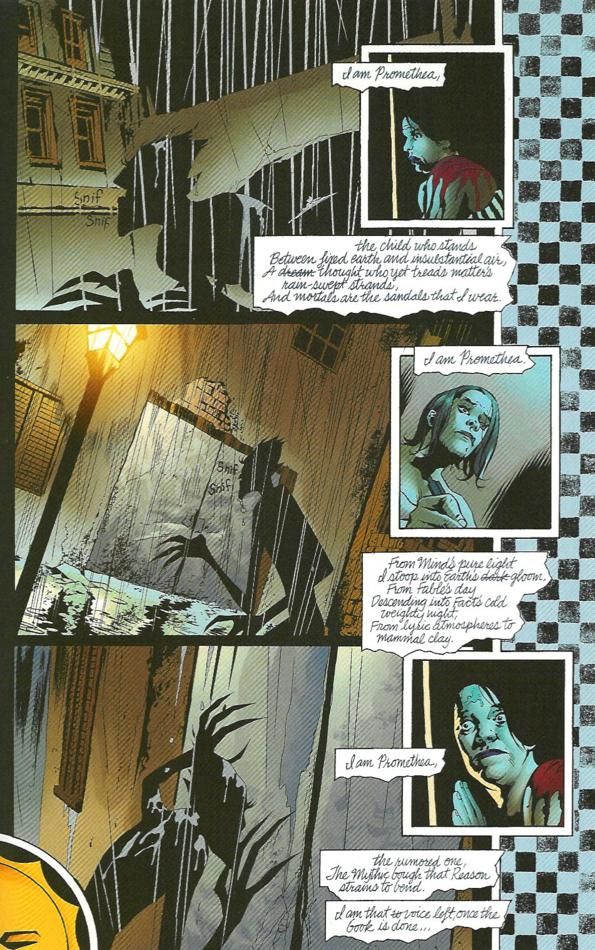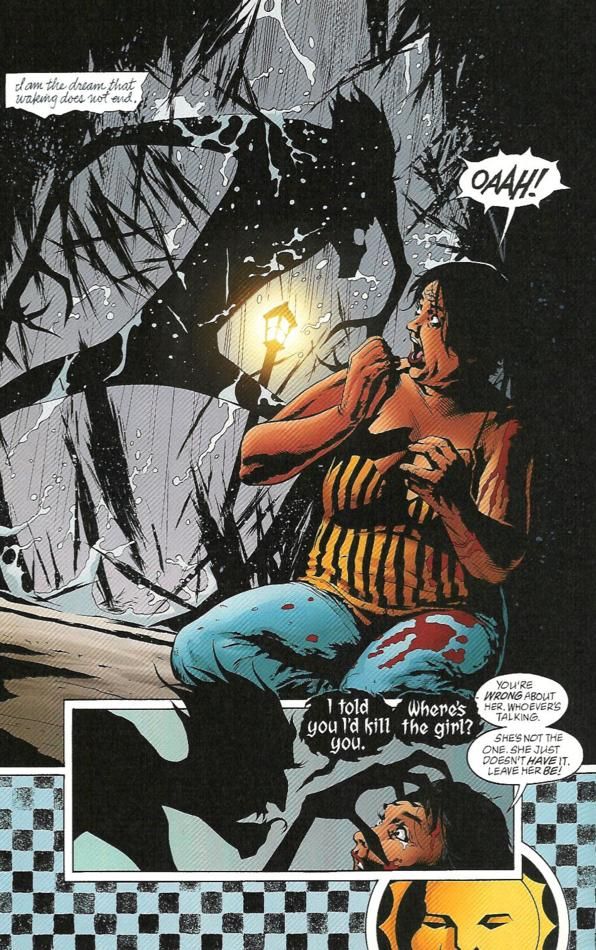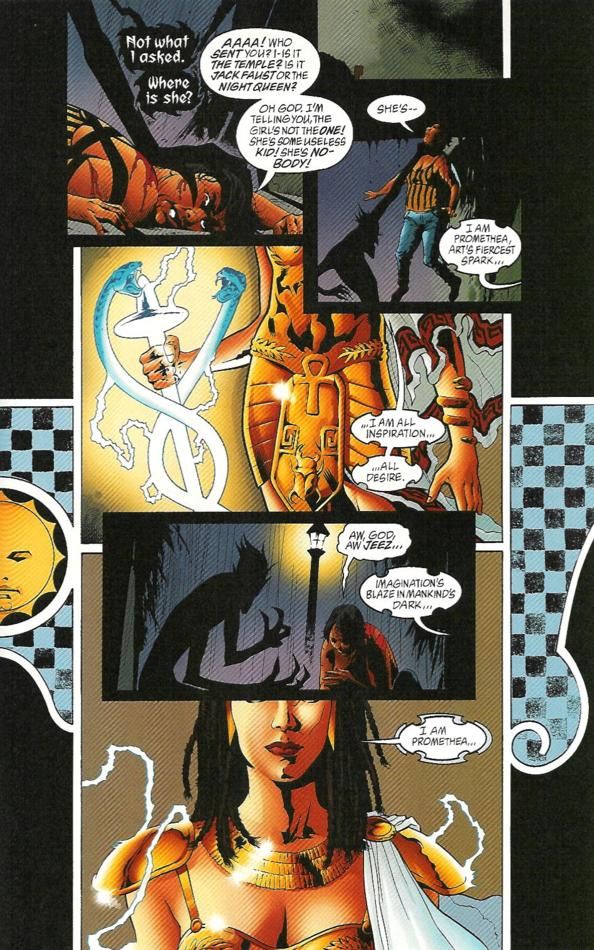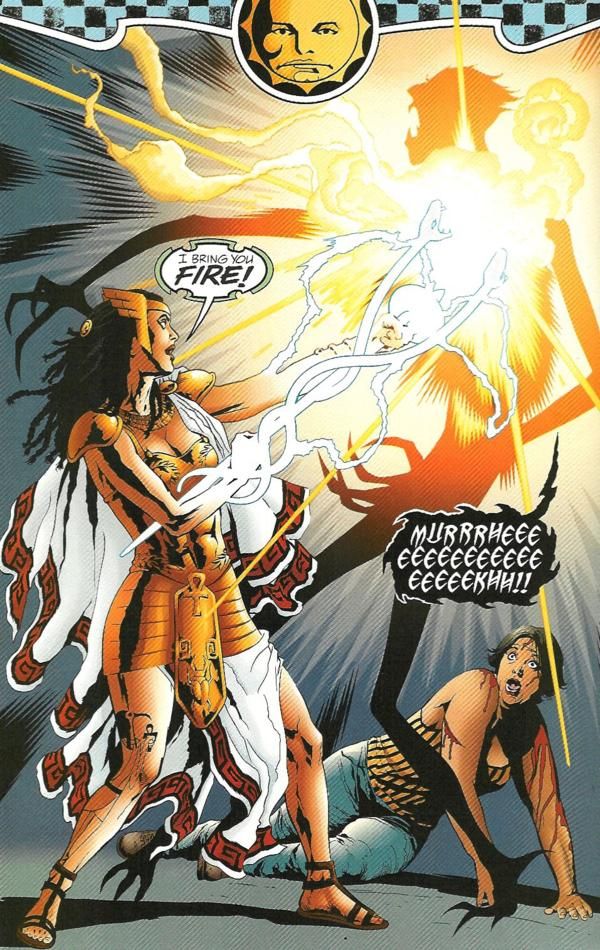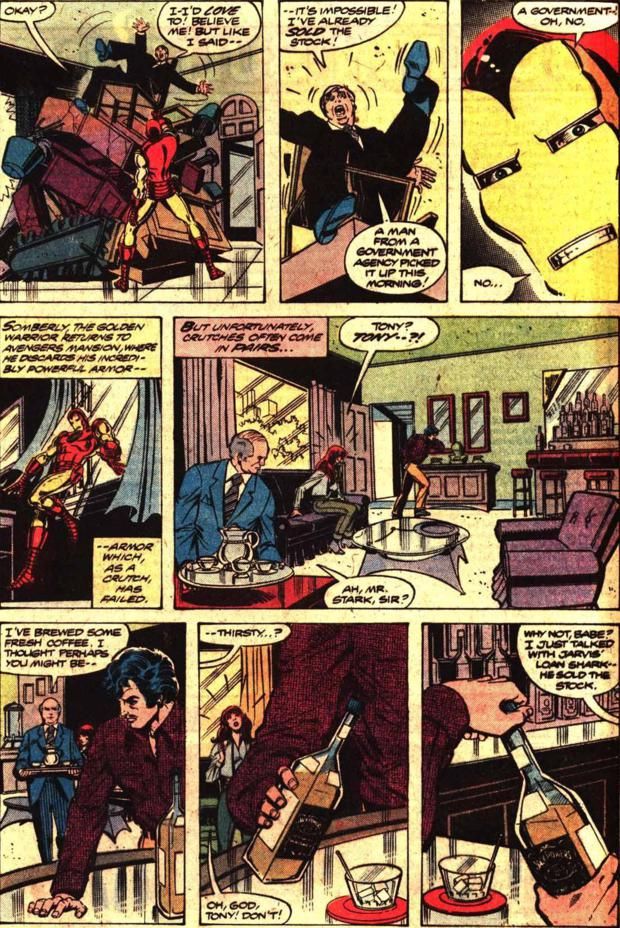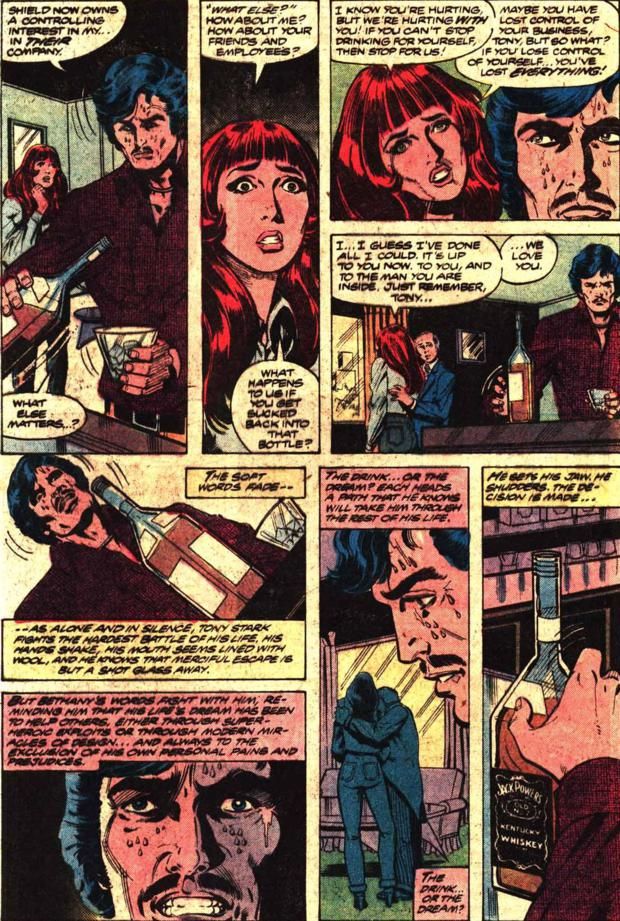You voted, now here are the results of your votes for your favorite comic book creator runs of all-time! We'll be revealing five runs a day for most of the month. Here is a master list of all of the runs revealed so far.
Here's the next five runs...
70. Geoff Johns’ JSA – 121 points (3 first place votes)
JSA #6-77, 81, Justice Society of America #1-26
Soon into the revamped version of the JSA, which was about the remaining members of the Justice Society serving with new legacy versions of classic JSA members (while also serving as mentors to the newer heroes), co-writer James Robinson left the title, leaving David Goyer, who co-launched the title with Robinson in need of someone else to script the comic.
When Goyer added Geoff Johns as his co-writer, it is likely that few people knew what to expect, but the result was a long partnership on the JSA (with some breaks here and there), ending with Goyer leaving the book for good with #51.
During their run, Johns and Goyer's most significant storyline was probably the return of Hawkman, who had been stuck in limbo for a number of years due to confusing continuity surrounding the character. Johns helped strip the character down a bit, and relaunch him in JSA, with a return so popular that Hawkman was soon given his own title (which Johns also wrote for awhile).
Johns' run stressed the family aspect of the Society, how the different generation of heroes really were like grandparents, parents, etc. The superhero community was a major aspect of the book. Like this classic Thanksgiving dinner with the JSA and the JLA...
As you can see, Johns also worked humor into the series, as well.
During the run, the book's main artists were first Steve Sadowski, then Leonard Kirk and finally Don Kramer.
The book was so popular that it received its own spin-off, JSA Classified, which ran for a number of years.
After Infinite Crisis, JSA was relaunched as Justice Society of America, with Johns writing and Dale Eaglesham drawing it (Alex Ross did covers and was a story advisor). This saw the Justice Society stressing their mentoring a good deal more, searching out young, inexperienced heroes that they can tutor - because of this, the Society grew quite large. Later in the run, there was a major story arc involving the Superman from Kingdom Come.
69. Denny O’Neil and Neal Adams’ Batman – 122 points
Detective Comics - #395, 397, 400, 402, 404, 407-408, 410 & Batman #232, 234, 237, 243-245, 251, 255
While spilt up over the early 1970s, O'Neil and Adams still had a bit of a run, where Adams' conception of Batman became the definitive look for Batman in the 1970s. This run tried to take Batman back to a darker style (after the camp of the TV series), along with stellar artwork by Adams. It was during their run that Ra's al Ghul was introduced, which sort of personified what Grant Morrison later referred to as the "hairy chested love god" version of Bamtan...
Aweosme.
Dick Giordano inked most of the stories that the pair did together, including their classic return of the Joker story in Batman #251.
68. Warren Ellis, Bryan Hitch and Paul Neary’s Authority – 123 points
The Authority #1-12
The Authority is interesting, because the pedigree of the comic is based on so much happenstance. If Oscar Jiminez could only have hit his deadlines, the Authority likely would never have occurred.
Instead, Jiminez did have problems with deadlines while the artist for Stormwatch Vol. 2, so Bryan Hitch was brought in to fill-in for him. Do note that Bryan Hitch, at the time, was extremely disillusioned with comics due to the lack of good assignments, so Hitch had actually already planned on applying for film production work after his Stromwatch run finished. Seeing these issues as a chance to at least put together a nice resume, Hitch changed his art up a bit, trying a more detailed, "widescreen" style.
Writer Warren Ellis, who was also feeling a bit disillusioned with Stormwatch, was completely reinvigorated when paired with Hitch, and Hitch also enjoyed working with Ellis, as Ellis had a great ability to work with his artists.
Now refreshed by an engaging working relationship, the two huddled up and came up with the idea for The Authority, which would be a comic based around Hitch's new style of artwork. By this time, Grant Morrison and Howard Porter had already sorta done the whole "widescreen" approach to action in comics, but not to the scale Hitch and Ellis were about to do with The Authority.
Like this classic moment from their first story arc where the villainous Kaizen Gamorra is striking at the world with an army of supermen while protected on his private island by a forcefield.
This was completely "summer blockbuster within a comic book," and readers ate it up. People often forget that the whole political aspects of The Authority really did not come about until Mark Millar took over. Ellis and Hitch were more about wowing the audience with over-the-top, dynamic stories (with nice character work still, of course).
It's a shame they only did a years worth of stories together.
67. Alan Moore and J.H. Williams III’s Promethea – 124 points (3 first place votes)
Promethea #1-32
Promethea was an extremely interesting comic in the way that it was such a malleable concept that writer Alan Moore himself used the book to tell two dramatically different types of stories, all ably aided by the burgeoning artistic brilliance of artist J.H. Williams III, who went from being a strong artist to being one of the best artists in the entire comic book business.
Promethea was a young girl who was taken by two Gods into "Immateria," a land of imagination, where she continues to exist as a living story. She can appear on Earth when someone calls to her by writing about her - when someone does so, either they (or their muse) can BECOME Promethea.
That is what happens to student Sophie Bangs, who becomes Promethea, and soon gets caught up in the crazy superhero world and the much larger world of Immateria.
Here is her writing a poem to BECOME Promethea...
The first book or so of Promethea is heavily influenced by literature, especially as Moore takes us through the Prometheas of the past, including a poet, a cartoonist, a book cover painter and a pair of comic book writers.
Then Moore used Promethea to take the reader on a journey through the Sephiroth of the Qabbalistic Tree of Life, where Moore more or less uses about 15 issues of Promethea to give a series of lectures to the readers about philosophy. Williams really shines during this run, as Moore gives him a whole lot of strange things to draw.
After this storyline ends, we're treated to an extended storyline about the Apocalypse, which also signaled the end of Moore's America's Best Comic book line, so Moore used this storyline to say goodbye not only to the ABC line of comics, but also to the characters within them.
It all culminates in a stunning final issue, which can be read as a 32-page comic book, but can also be read by taking out the pages and arranging them to form two posters (back to back).
It's a truly brilliant work.
66. David Michelinie and Bob Layton's Iron Man – 125 points
Iron Man #114-157
When David Michelinie and Bob Layton took over the writing chores on Iron Man, it was in the middle of a storyline - so they were not even in control of the plot they were writing. By the time they left the book, however, they had more than made their stamp on the title.
Easily the most memorable aspect of their run was their storyline where they had Tony Stark develop a problem with alcoholism. The "Demon in a Bottle" storyline was one of the most notable stories of the 1980s, resulting in one of the very first trade paperback collections (along with Dark Phoenix Saga) of a modern comic book story.
If all they did was the "Demon in a Bottle" story, Layton and David Michelinie' would be notable, but their run had plenty of other notable stories, highlighted throughout by strong artwork, first by John Romita Jr., and eventually by Bob Layton himself.
Even before he began penciling the book, Layton's strong inks gave the book a consistent feel, no matter who was drawing the book.
Their run had a great deal of memorable action stories, as the pair attempted to develop Tony Stark more, and in doing so, developed a new creation of theirs, Stark pilot and friend, James Rhodes. Rhodey would become important during their run, and would become even MORE important after they left, as he would fill in for Tony as Iron Man for awhile. Besides Rhodey, the writing pair stressed Tony's ass-kicking girlfriend, Bethany Cabe.
During the run, Michelinie and Layton also introduced Justin Hammer, the rich industrialist who was secretly funding all the low-level supervillains who used technology for their powers.
Towards the end of their first run (they would return four or so years after they left for an extended second run, during which they would have the noted Armor Wars storyline, and debuted a new Iron Man armor), Layton and Michelinie had one of their most notable stories, which was just reprinted this past week (and a sequel to the story is due out next week), where Iron Man and Doctor Doom were trapped in the time of King Arthur. It was a total classic.
Just like their run.

